5 things you need to know about your router and home wi-fi

Your router is the gateway to the internet, facilitating work, play, relationships and more with little fanfare. If you ever give it notice, you're met with a bundle of acronyms - WPS, SSID, LAN, WAN. It's enough that for many of us, our engagement starts and ends with the classic mantra: ' turn it off and on again'.
But knowing a few key things about your router and home wi-fi equipment could be the difference between a good and bad connection – and help you shop smart for kit that can genuinely help.
We've tackled some of the common issues consumers face, as well as the solutions to common networking problems so that you get the most out of your broadband contract.
Read our guide to the best and worst broadband providers to see who came out on top.
1. Will turning off my router save energy?
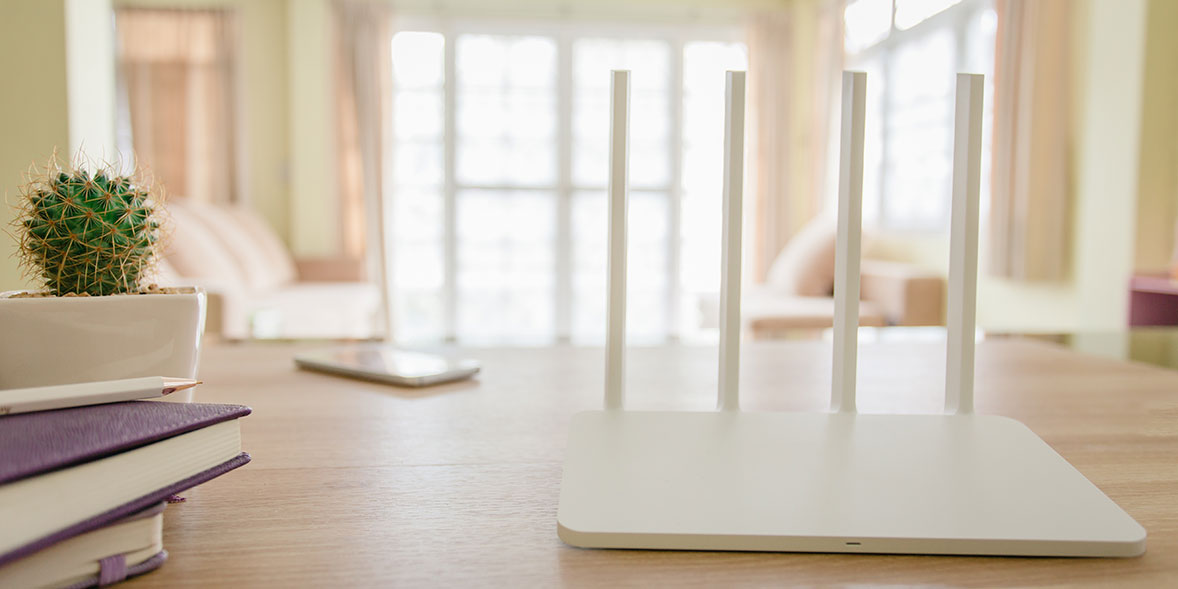
We're all looking to save energy around the home, but working out what helps and what might in fact hinder is key.
Your router uses electricity when it's standing-by and when it's actively routing. If you switch it off, it won't draw this electricity, but routers don't account for much of a household's electricity bill.
We looked at 24 router, mesh and extender devices tested in our test lab this year, and the average wattage was six watts, with the highest wattage being ten and the lowest two. Under the current price cap for standard variable tariffs, an average router that's operating 24 hours a day, every day for a year, will cost you approximately £17.89 annually, and a little under five pence a day.
Our tests show that there isn't a big difference in power consumption when you're applying a heavy load to your network, such as when you're filesharing. This doesn't require much more power than when the router is simply scouting for data during an idle hour.
Because the daily cost is small, we don't recommend turning routers off unless you're going away from home for long periods. Doing so can interrupt or delay automatically downloaded software updates to your home's devices.
Importantly, this could affect your connection. Your provider won't know the difference between your router being tuned off and your line failing to provide you with a reliable service, which can mean your service gets throttled, a risk not worth taking for such marginal gain.
Read our guide to 10 ways to reduce energy bills for the best ways to make real savings.
2. What’s the best router for large homes?
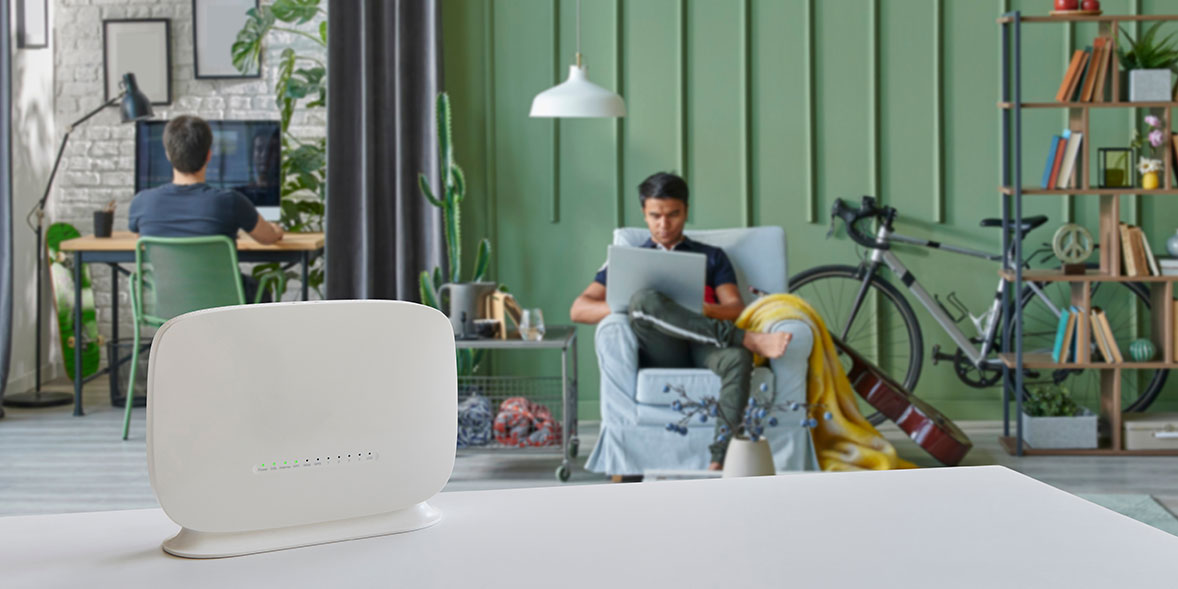
It can be difficult to get good service in larger homes, especially in storeys above the ground floor and in corners far away from the router.
Your broadband provider's service will always constrain your maximum speeds, but even if you're paying for top speeds with fibre connections, there's no guarantee your hardware can provide a good service around the house.
One way to get a good service around the home is to use a mesh system. A mesh system is a group of different routers known as 'nodes' that sit around your home and work in tandem. With a good mesh system, a device is always close to a router, and different mesh nodes are always coordinated with each other to provide one joined-up network.
If you want to get the most from a mesh system, these are our top tips:
- There will be a 'master' node and then 'children' nodes. The master node should be plugged into your modem via the mesh's WAN port. You can add children nodes according to your need.
- Place them strategically. A two node system should be 10-15 metres apart. If you have a three node system, place them inside your house in a triangle formation, with no more than 10-15 metres between them.
Read our mesh network reviews to find a system that can reach every corner of your home.
3. How do I improve wi-fi in a single room or part of the home?
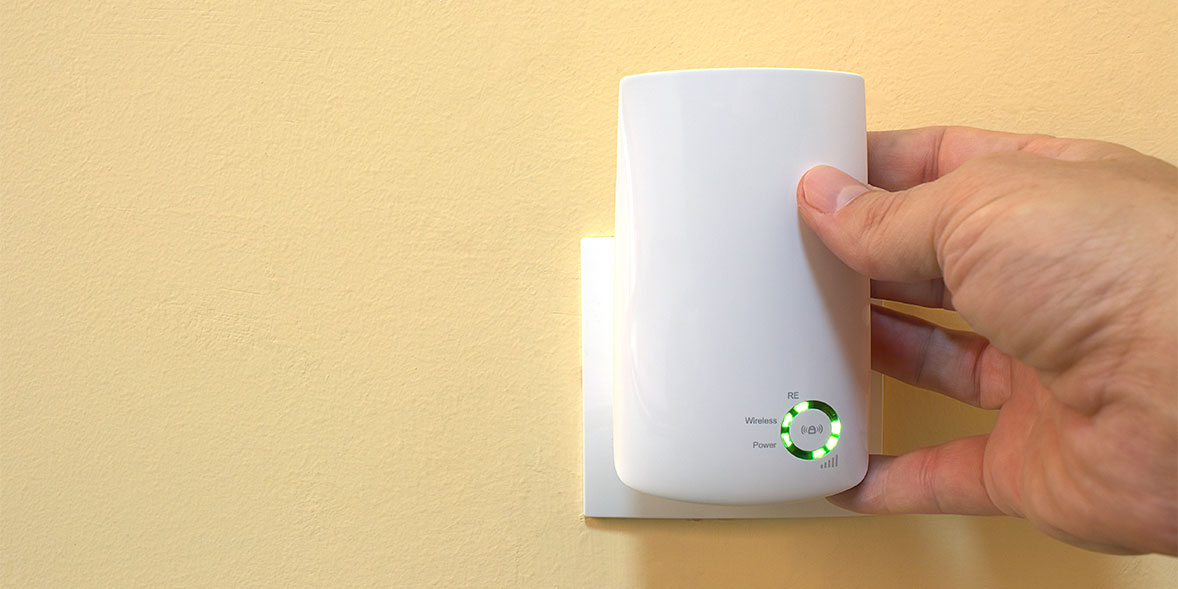
A mesh network can be expensive and overkill if your network problem is confined to a small space. A quicker and cheaper solution can be a wi-fi extender.
These work to repeat the signal from your router and help boost it to a device that's far away. We've tested some that cost between £40 - £80, much cheaper than most mesh networks.
To get the most out of a wi-fi extender:
- Don't place an extender right next to the device that's struggling to get a connection as the extender will also struggle to receive a signal. Place it midway between the router and the area with poor reception.
- Don't cover the extender or box it in. Wi-fi signals deflect and diffuse like any radio signal. They benefit from open space.
A powerline adapter does a similar job. They come in pairs and are plugged into the mains. One plugs into your router, and uses mains electricity to connect to the second one which boosts your signal.
It's important to remember that neither powerline adapters nor wi-fi extenders are very powerful devices, they're merely signal repeaters. They can smooth over a small network gap but they won't deliver signal to a large area in a home.
Read our wi-fi extender reviews to find a model that will reliably bridge the gap between your router and your devices.
4. Are third party routers better than ISP routers?
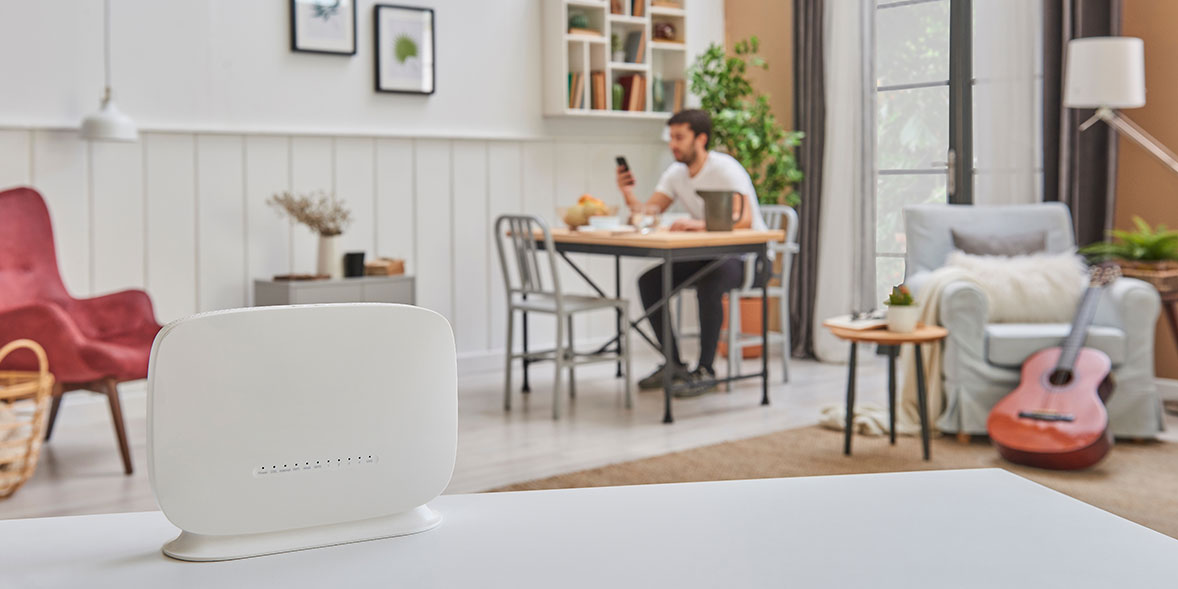
You can buy routers from brands like TP-Link, Netgear, Amazon, Huawei and more to replace the router you got from your internet service provider.
These third-party routers are pricier than anything you were given or rented from your ISP, but they're designed to give you more control over your network and, allegedly, to improve performance.
Our routers tests have shown that not all third-party routers are up to the task, but some of the best routers you can get come from these brands. Meanwhile, ISP routers aren't guaranteed to be good or bad. Some of them really punch above their weight, but some are disappointing.
Third-party routers give you controls you wouldn't otherwise have, including:
- Quality of service. This lets you decide a rule for how the router prioritises and deprioritises certain tasks. You could boost your own computer at the expense of other devices on the network, or set a queueing rule that ensures equal service to all devices.
- Access restrictions. You can set up parental controls or block websites in the router configuration.
- Guest networks. With your own router, you can become a system administrator and create guest networks for people that are separate from your primary network.
Many third-party routers can also use wi-fi 6 and 6E, the latest protocol that provides improved performance with wi-fi 6 compatible devices. Configuring a third-party router can get complicated, so if you're not particularly tech-savvy, it's easier to stick with the one the ISP has provided. Importantly, if you're having trouble with wi-fi you should also call your provider to see if they can help.
Find a Best Buy third-party or ISP router to invest in by reading router reviews.
5. What is WPS, and what’s the best way to connect devices to my router?
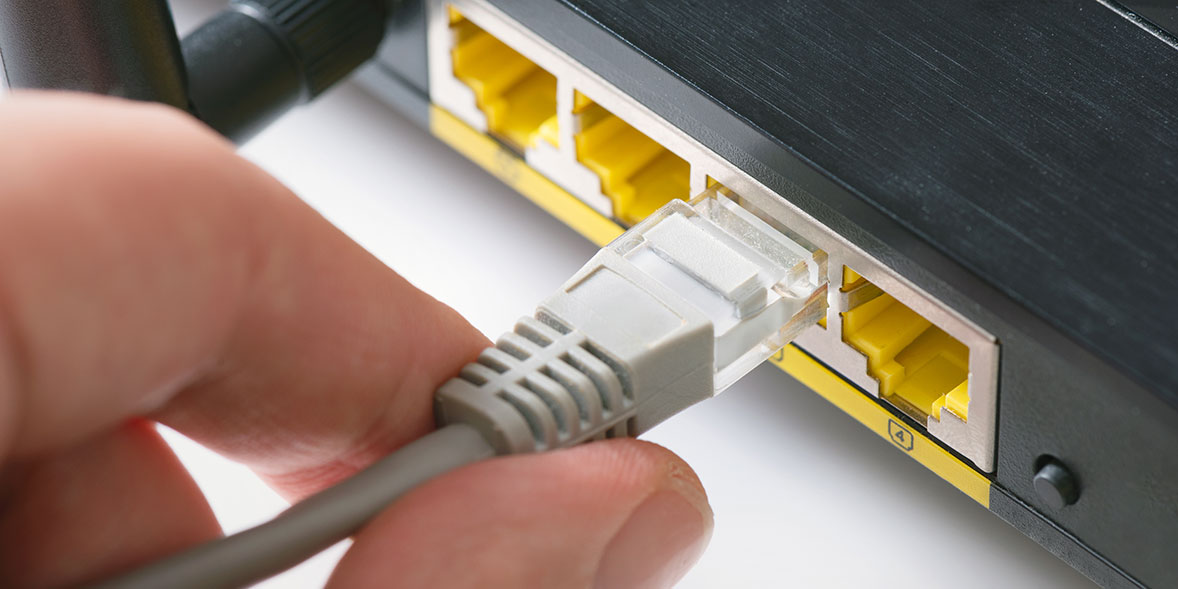
Once your network's up and running, it will have a name. This is known as the SSID (service set identifier).
You should look for this whenever you're connecting new devices – selecting the named network and entering the password. This is usually provided in a card in the router or on a sticker on the back. If you've set your own password, you'll need to make note of it.
You can connect without a password by using WPS. This stands for wi-fi protected setup. You press the WPS button on your router, try to connect your device, and then it will work without needing a password.
This is an easy way to connect a device to your router but it's not terribly secure as you unlock your network while WPS is activated. But it's not likely to be an issue if you're only pressing it during the short time you're making a connection.
You can also establish a wired connection from any device to your router using an ethernet cable. This will deliver the fastest speeds and it's a good solution for better service, especially if you like gaming and you need low latency. These plug into LAN ports in routers and compatible devices.
What to do if your connection isn't working
As an example, if you want to connect your Alexa or Amazon Echo to your network but it's not working, there are some steps to take first.
- Search again for the local networks and make sure you've selected the right SSID.
- Retry the password and make sure the uppercase and lowercase characters are correct as these passwords are usually case sensitive.
- Restart your router - and if that doesn't work, restart your Alexa or Echo, or whatever device you're setting up.
- Check in your router configuration that your device isn't blocked. Devices have a MAC (media access control) address which is their unique name, so look for this. You can discover a device's MAC address in its own settings or configuration portal.
Which? tech support: our expert support can keep you on top of your home tech.
Other frequently asked questions about routers and home wi-fi
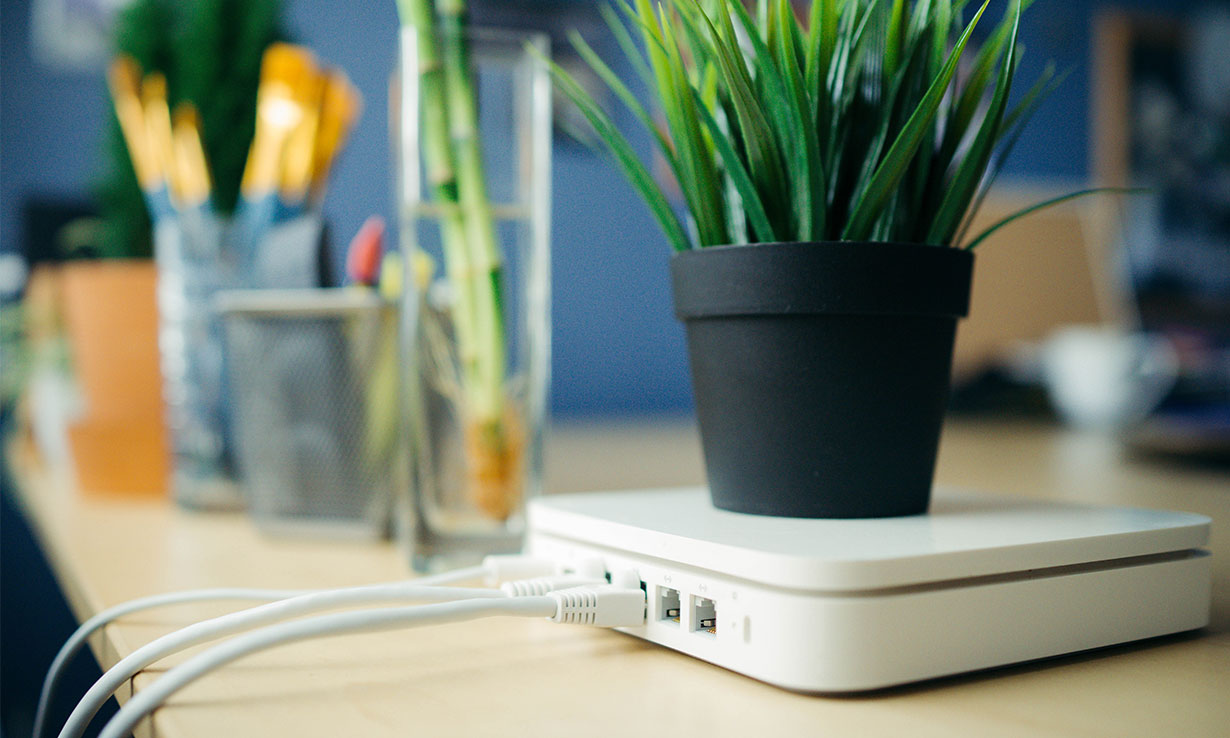
What is the IP address for my router?
Like the address to your house, your public IP address is an assigned address to your wi-fi network that others can see. The easiest way to find out is to search 'what is my IP address?' and your public IP address will be listed.
If you're logged into a VPN, you'll get the address of the server you're logged into. Your local IP address is device-specific, and it's used within your own network and is private to your own network.
- To find it on Windows 11, navigate to start, then to settings, choose network & internet, and you'll see your addresses listed.
- On Windows 10, navigate to network & internet the same way, select wi-fi in the margin, click network, click the properties button and it will be listed.
- On iOS, open the Apple menu, click on system preferences, click network, select your wi-fi network in the margin, and it will be written there.
What is Wi-fi calling?
By the end of 2025, all landlines will become digital and your phone calls will run on your broadband connection instead. BT calls this digital voice, or VoIP.
This means that traditional copper lines (the PSTN network) will become obsolete and in a few years they will be switched off.
Read more in our guide: Digital Voice and the landline phone switch-off: what it means for you.
What is a range extender?
This is another name for a wi-fi extender, also known as a wireless repeater.
How do I share my wi-fi password?
The obvious way is to show the password supplied with your router that's physically attached to the device.
But if you need to share it virtually or written by your own hand, ensure you have the case correct. Uppercase and lowercase letters are used in router passwords to enhance security by increasing the amount of characters you can use.
Be careful with this. If somebody can access your router without you knowing then they can compromise the security of your network. They could even use your router as a tunnel for a VPN, cloaking others' online activity. Set a strong password and consider a reset if your security could be compromised.
Tech tips you can trust – get our free Tech newsletter for advice, news, deals and stuff the manuals don’t tell you





